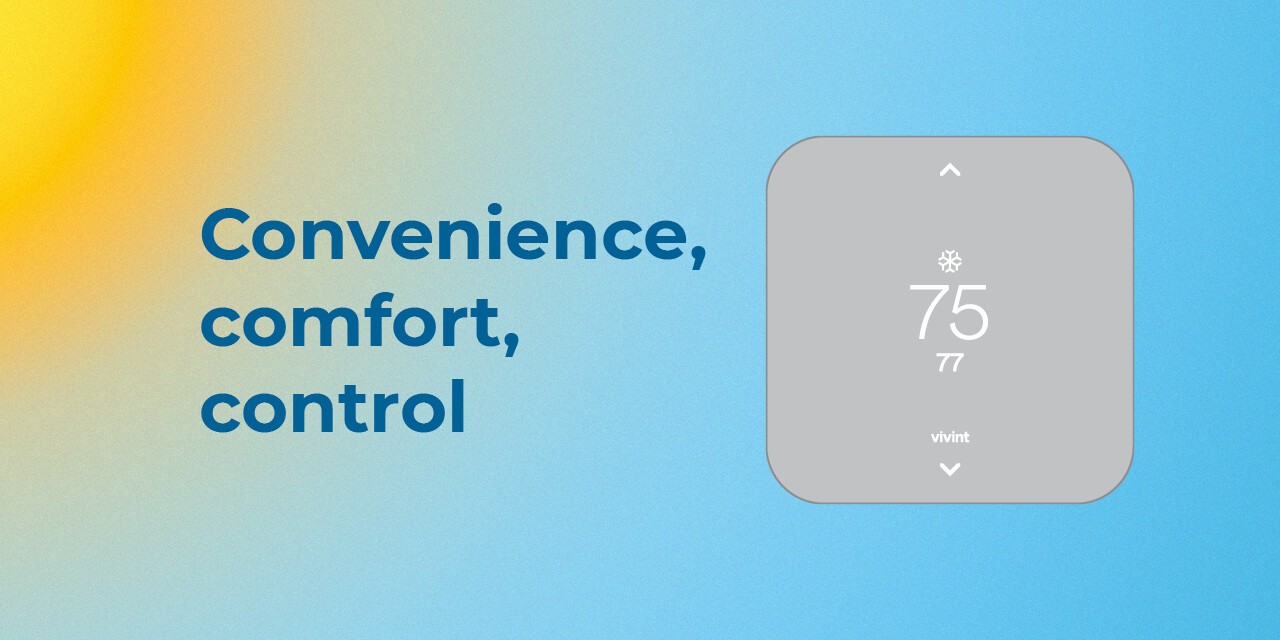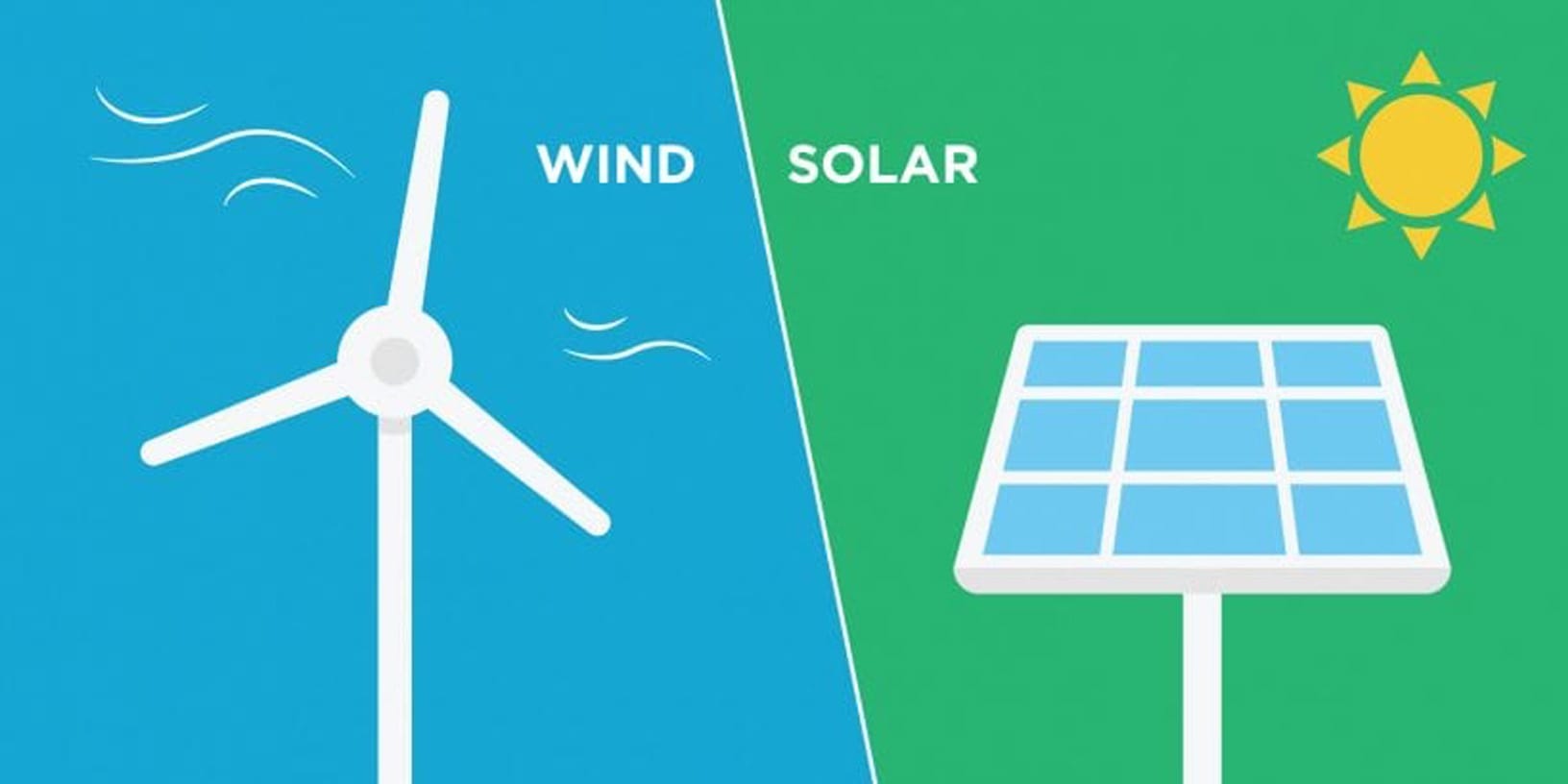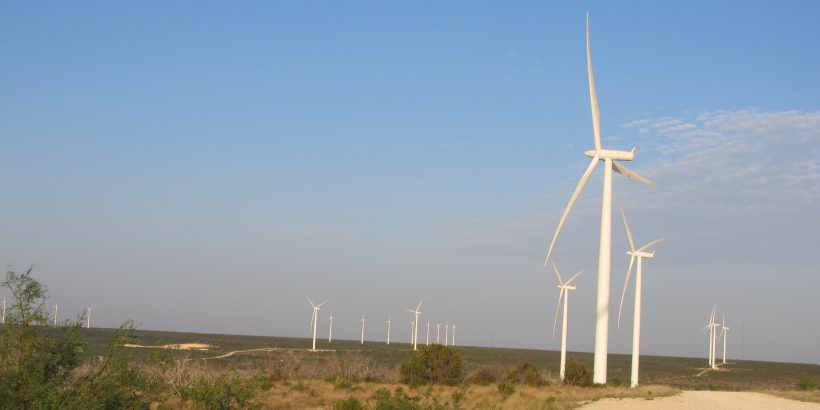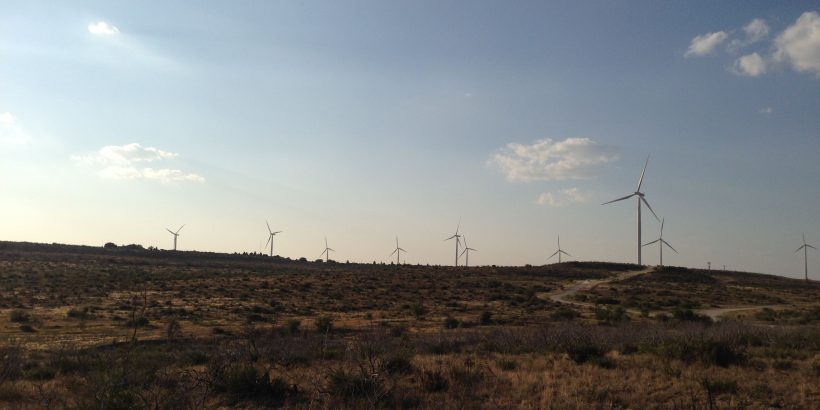Green Mountain Energy® Blog
How Smart Thermostats Help Save Energy in the Summer

Smart thermostats can make a home work better. They help improve energy-efficiency by eliminating some of the energy wasted when you're away from home. Streamlining energy consumption can lead to savings on energy bills, as well as a reduction in the home's carbon footprint.
What Is a Smart Thermostat?
A smart thermostat is an advanced temperature control device that connects to a home's wi-fi network, allowing you to manage home heating and cooling remotely via a smartphone, tablet or computer. Smart thermostats utilize sensors, machine learning and automation to optimize indoor temperatures efficiently, making them more capable than a traditional thermostat.
Why smart thermostats are a smart choiceWhy smart ThWhy
Why smart thermostates are a smart choice
Smart thermostats can go beyond fine-tuned temperature control, offering the ability to learn your preferences and even integrate with other smart devices throughout the home. The energy savings that result can lead to lower energy bills as well as a reduced carbon footprint.
They also help to support the energy grid during times of high demand, especially in the summer months. Many electricity companies, including Green Mountain Energy, offer automated demand-response programs that rely on smart thermostat technology. An automated demand-response program helps reduce electricity usage by remotely adjusting smart thermostats when demand on the grid is forecast to run high. The thermostats can then be readjusted by the home’s occupants if they wish.
Smart thermostats can even deliver financial savings. One recent study by the Environmental Protection Agency showed that use of a smart thermostat can reduce utility bills by up to 8%.*
What can a smart thermostat do?
- Adjust temperatures based on real-time conditions
- Cut down HVAC energy consumption when no one is home
- Reduce unnecessary climate control in certain parts of the house
Key benefits of Ksmart thermostats
Key benefits of smart thermostats
Adaptive Learning and Cooling Capabilities
Smart thermostats may use a combination of sensors, AI algorithms and machine learning to optimize temperature control based on user habits, environmental conditions and energy efficiency. Over time, a smart thermostat learns when you are home, away or sleeping and then adjusts accordingly. The thermostat tracks manual adjustments and creates a schedule based on usage patterns. Some smart thermostats can also use sensors to detect movement and occupancy in different rooms. For example, if a room is unoccupied, the thermostat can adjust.
Smoothing Out Energy Spikes
Here are some of the ways smart thermostats can help manage peak demand and time-of-use optimization.
- Automated demand response functionality: Smart thermostats can work with demand-response programs offered by electricity providers. These programs can automatically adjust cooling/heating systems using a smart thermostat, easing the load on the local grid when there is high demand. This can help reduce strain on the grid. Anyone interested in enrolling their smart thermostat simply needs to contact their electricity provider.
- Pre-cooling/pre-heating functionality: Smart thermostats can optimize energy use for people whose electricity plans offer reduced rates during certain times of day. These customers can schedule appliance and air conditioning use during lower-rate times.
- AI and machine learning ability: When you adjust your home's temperature predictably, AI based in the smart thermostat can detect your energy demand patterns and automatically shift usage accordingly.
Check out Green Mountain Energy’s demand-response program, Ready Set Relax.
Remote Control and Automation
For anyone who forgets to adjust their thermostat – perhaps during a rush, or when the daily schedule suddenly changes – smart thermostats come to the rescue.
Wi-fi connectivity means having remote access to your home thermostat via a smartphone app. That allows you to adjust settings from anywhere, even after leaving home.
Smart thermostat automations offer added convenience
- Geofencing: Sensors in the home adjust temperature based on user location.
- Voice control: Many smart thermostats integrate with Alexa, Google Assistant and other voice operation software.**
- Weather data: Some models of smart thermostat adapt settings based on the forecast.
Lastly, smart thermostats can sync with other devices via smart home technology, allowing you to control everything from lighting to security systems and temperatures, all from a single interface on a smartphone or tablet.
Best practices and efficiencies
Enable Energy-Saving Features
If your smart thermostat has eco mode, smart scheduling and geofencing, learn more about taking advantage of these features. AI and occupancy sensors in a modern smart thermostat can detect home cooling schedules and even actual home occupancy, so that the climate of the house in individual rooms matches up with where people are spending time.
Monitor Energy Usage
When you compare daily, weekly or monthly data to identify patterns of high energy use, you have the chance to adjust schedules accordingly. Maybe leaving the house for work before it gets too hot outside, perhaps a little earlier in the morning, would allow you to save on morning energy usage (and also beat the traffic).
Use Fans and Smart Sensors
Circulate air and adjust cooling based on room occupancy. A well-placed fan can help circulate cool air from an adjoining room, rather than cooling that room itself.
Get Utility Rebates and Incentives
Visit your energy provider’s website or check the thermostat app for qualifying rebate programs. Look into demand response options, such as Green Mountain Energy’s Ready Set Relax.
Smart Thermostats: Savings Without Sacrifices
Smart thermostats can help you enhance home climate control, offering an ideal balance between comfort, energy efficiency and convenience. By learning your preferences, integrating with smart home devices and providing remote access, this innovative technology helps homeowners reduce energy costs and environmental impact.
Whether upgrading an existing HVAC system or building a smart home from scratch, incorporating a smart thermostat is a simple yet effective way to optimize indoor comfort while embracing sustainability. Investing in this technology today can lead to long-term savings, increased convenience and a greener future.
*Source: ENERGY STAR smart thermostats
** Alexa and all related names and logos are trademarks of Amazon.com, Inc. or its affiliates. Google Assistant is a trademark of Google LLC





